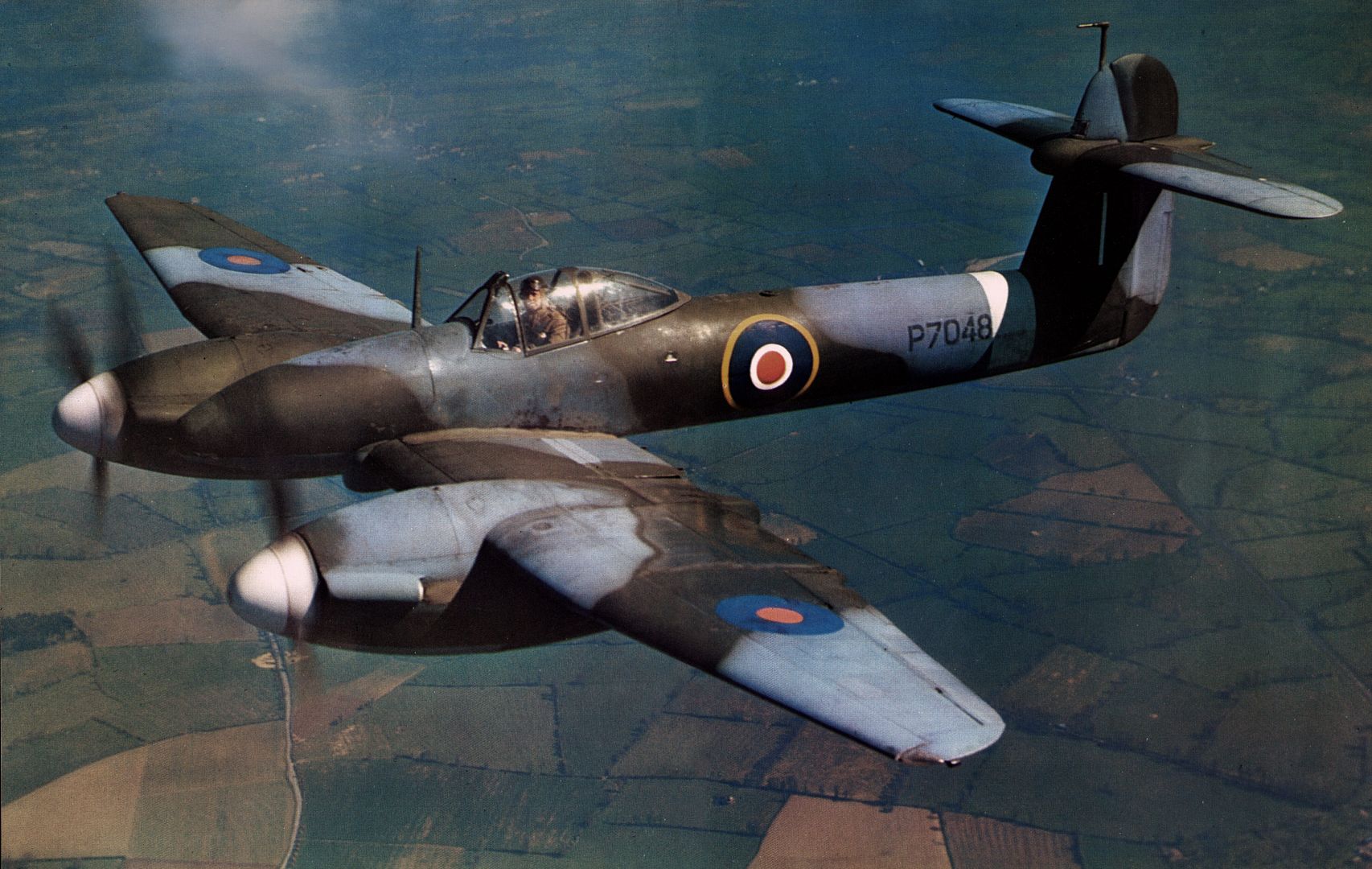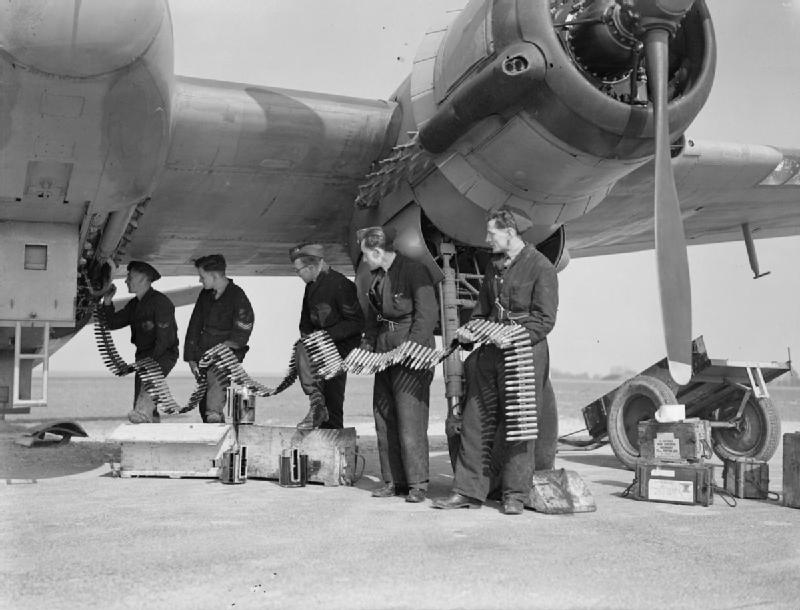20MM Oerlikon or Hispano 1942
At the begging of the dive seasson 2015 came across 3 20mm live rounds covered in marine stone calcium deposits,,,, for 70 years under water, so after 3 months soaking in soloition they have cleaned up and we have dates calibare size just to give you idea of were and when it was involved during the war.
In the buildup to the Second World War, the United Kingdom had embarked on a programme to develop cannon-armed fighters. They acquired a licence to build the HS.404, which entered production as the Hispano Mk.I intended as aeroplane armament.
Its first use was in the Westland Whirlwind of 1940, and later in the more powerful Bristol Beaufighter, providing the Royal Air Force with powerful cannon-armed interceptors.The Beaufighter highlighted the need for a belt feed mechanism; as a nightfighter the 60-round drums needed to be replaced in the dark by the Radar Operator, often while the aircraft was manoeuvering to keep sight of its quarry. In addition, the early trial installations in the Hawker huicane and Supermarine Spitfire had shown a tendency for the gun to jam during combat manouvres, leading to some official doubt as to the suitability of cannons as the sole main armament. bsequently a suitable belt-feeding system was developed by Mark Baker and the new design was adopted by the RAF in 1941 in a slightly modified form as the Hispano Mk.II. Four cannons replaced the eight .303 Browning machine guns in the Hurricane.
The British were concerned their production would be inadequate and licensed production of the Hispano to the US. However, the US production never became satisfactory and the British eventually gave up on the U.S. versions. British production was eventually increased to the point where this was no longer an issue. The ultimate version of the British wartime Hispanos was the Hispano Mk. V, which had a shorter barrel, and lacked the cocking cylinder thus requiring Manuel cocking before flight. It was lighter and had a higher rate of fire (desirable in aircraft armament), although at the expense of some muzzle velocity. The shorter barrel meant that the weapon could be housed within the wing of a fighter plane, reducing drag and making them less vulnerable to freezing and mechanical stress. One of the main British fighters to use the Mk. V was the Hawker Tempest mounted two cannons in each wing.

Or is it the widely produced by Oerlikon contraves and others, with various models employed by both Allied and Axis forces during WWII, and many versions still in use today.All war ships British and American we fitted with these machine guns 20mm stop any plane which
was widely used
from 1942..So if you zoom in on the photo on the top right you can just make out the markings
'1942 FJN U S MKII 20MM WB 191' In between the U S there is an anchor if you look
closely

Caution, All live ammo should be treated with caution and even more cation if removed from the sea
as the cordite is more volatile after 70 years....
















